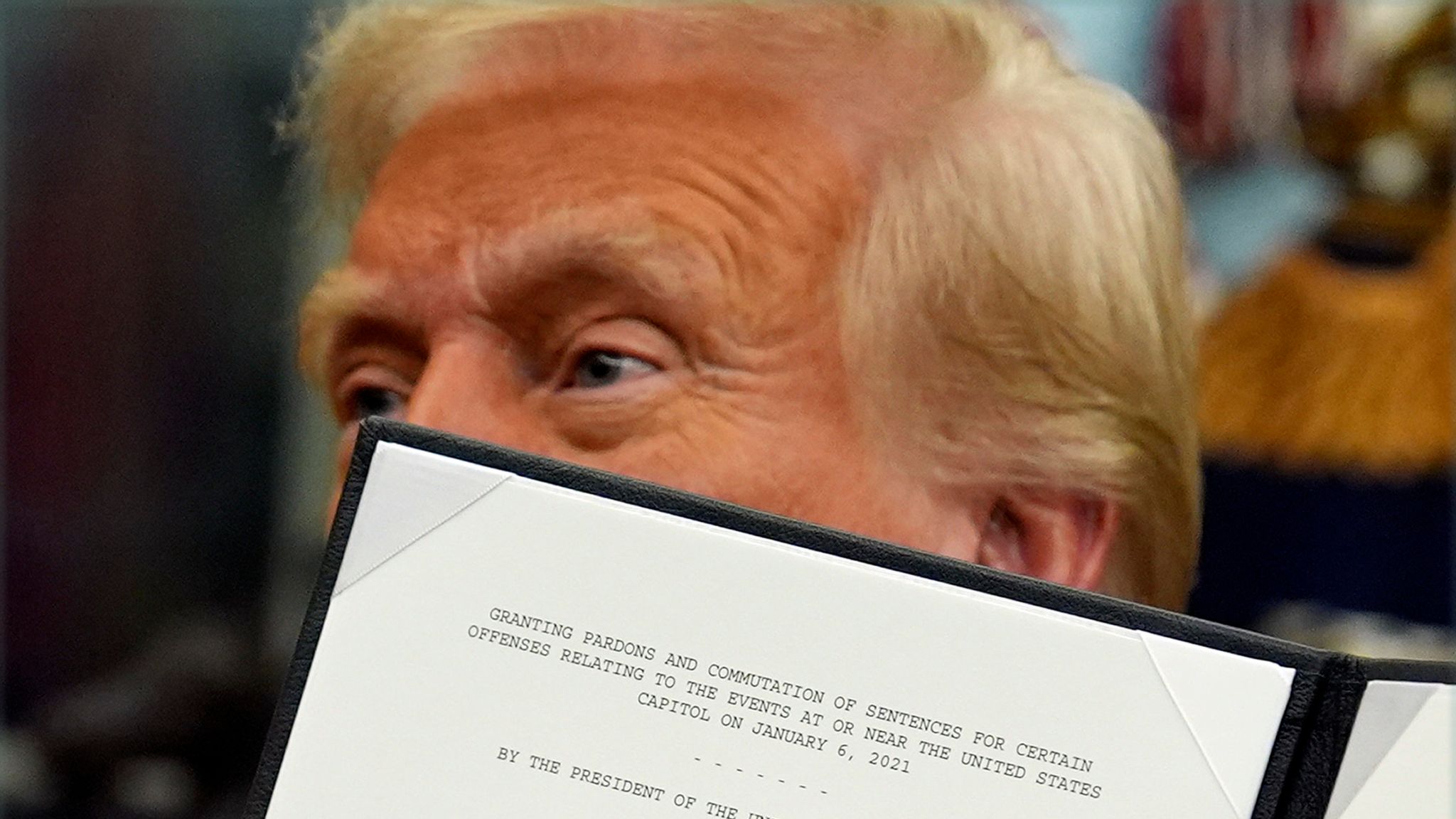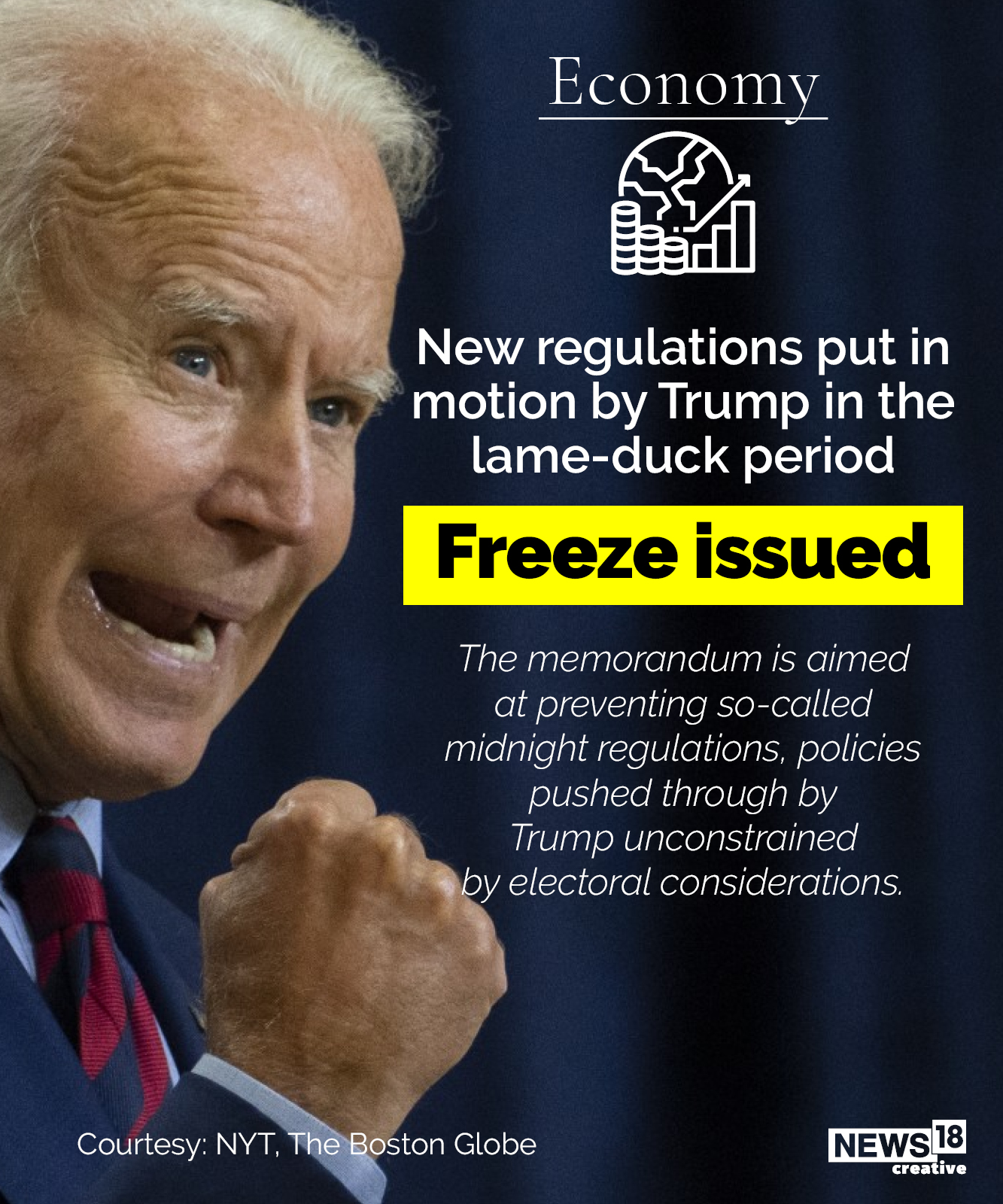Unpacking The List Of Executive Orders: A Deep Dive Into Presidential Powers
Executive orders are one of the most powerful tools in a president's arsenal, shaping national policies without needing congressional approval. From healthcare to immigration, these orders have left an indelible mark on American history. But what exactly are they, and why do they matter so much? Let's break it down for you in a way that's easy to digest and understand.
Imagine this: the president is kind of like the CEO of the country. They can’t just snap their fingers and make laws appear out of thin air, but they do have some tricks up their sleeve. One of those tricks is executive orders, which allow them to direct federal agencies and set certain policies into motion. It’s not exactly law, but it carries a lot of weight, especially when it comes to how things are run at the federal level.
Now, before we dive into the nitty-gritty, let’s talk about why you should care. Whether you’re a political junkie or just someone who wants to know how the system works, understanding executive orders can give you a clearer picture of how decisions get made in Washington. So buckle up, because we’re about to take you on a journey through the history, impact, and controversies surrounding this powerful presidential tool.
- Does Miranda Get Married A Deep Dive Into Love Relationships And Everything In Between
- Christian Murillo The Rising Star In Modern Football
What Exactly Are Executive Orders?
Alright, let’s start with the basics. An executive order is basically a directive issued by the president that has the force of law. It doesn’t require approval from Congress, but it does have to align with existing laws and the Constitution. Think of it as the president saying, “Hey, here’s how I want things done,” and then making it official. Simple enough, right? Well, not quite.
How Do They Work?
Here’s the deal: when a president issues an executive order, it gets published in the Federal Register, which is like the official bulletin board for government actions. Once it’s out there, federal agencies have to follow it unless it gets challenged in court or overturned by a future president. It’s kind of like a memo that carries a lot of clout.
But here’s the catch: executive orders aren’t unlimited. The president can’t just wave a wand and change everything. They have to work within the framework of the Constitution and existing laws. If they overstep, courts can step in and say, “Whoa, hold on there.”
- Skip The Games The Ultimate Guide To Building Trust In Relationships
- Siva Wife The Untold Story Behind The Woman Who Stole Our Hearts
A Brief History of Executive Orders
Executive orders have been around since the early days of the republic, but they’ve evolved over time. George Washington issued the first one back in 1789, and since then, every president has used them in one form or another. Some have been pretty tame, while others have sparked major debates.
Key Moments in Executive Order History
Let’s take a quick look at some of the most significant executive orders in history:
- Emancipation Proclamation (1863): Issued by Abraham Lincoln, this order declared all enslaved people in Confederate states to be free. It was a game-changer for civil rights.
- Executive Order 9066 (1942): Franklin D. Roosevelt authorized the internment of Japanese Americans during World War II. This one is often cited as a dark moment in U.S. history.
- Executive Order 9981 (1948): Harry Truman used this order to desegregate the armed forces, paving the way for greater equality in the military.
- Executive Order 13688 (2015): Barack Obama issued this order to establish the National Commission on Forensic Science, aiming to improve the reliability of forensic evidence in criminal cases.
As you can see, executive orders have played a big role in shaping the nation’s policies and values. But they haven’t always been without controversy.
Why Are Executive Orders Controversial?
Let’s face it: executive orders can be a bit of a double-edged sword. On one hand, they allow presidents to act quickly on important issues without waiting for Congress to get its act together. On the other hand, they can be seen as an overreach of presidential power.
Pros and Cons of Executive Orders
Here’s a quick breakdown of the pros and cons:
- Pros: They enable swift action on pressing issues, especially when Congress is gridlocked. They also allow presidents to set priorities and shape policy during their tenure.
- Cons: Critics argue that they bypass the legislative process and give too much power to the executive branch. There’s also the risk that future presidents could undo or reverse these orders, creating policy instability.
So, while executive orders can be a powerful tool for change, they also come with their fair share of drawbacks.
How Are Executive Orders Challenged?
Not everyone agrees with every executive order, and that’s where the legal system comes in. If someone believes an order is unconstitutional or goes beyond the president’s authority, they can challenge it in court. This has happened several times throughout history.
Famous Legal Challenges
One of the most famous examples is the challenge to President Trump’s travel ban executive order. Several states and advocacy groups filed lawsuits, arguing that the order violated constitutional protections for religious freedom. The case eventually made its way to the Supreme Court, which upheld a revised version of the order.
Another example is the challenge to President Obama’s Deferred Action for Childhood Arrivals (DACA) program. While the program itself wasn’t an executive order, it was implemented through a memorandum, and its legality has been debated in courts for years.
The Impact of Executive Orders
Executive orders can have a lasting impact on the country, shaping everything from environmental policy to healthcare regulations. They often reflect the priorities of the president who issued them, and they can set the tone for future administrations.
Examples of Recent Executive Orders
Here are a few examples of recent executive orders and their effects:
- Executive Order on Climate Change (2021): President Biden issued this order to rejoin the Paris Climate Agreement and set ambitious goals for reducing greenhouse gas emissions. It signaled a major shift in U.S. environmental policy.
- Executive Order on Immigration (2021): Also issued by Biden, this order aimed to reverse some of the immigration policies put in place by the Trump administration, including the travel ban and family separation policy.
As you can see, executive orders can have far-reaching consequences that affect millions of people.
How Do Presidents Use Executive Orders?
Presidents use executive orders for a variety of reasons, ranging from addressing emergencies to advancing their policy agendas. Some use them sparingly, while others rely on them heavily. It really depends on the president and the political climate at the time.
Presidential Styles
Here’s a look at how some recent presidents have used executive orders:
- Barack Obama: Known for using executive orders to bypass a gridlocked Congress, Obama issued orders on issues like healthcare, immigration, and climate change.
- Donald Trump: Trump issued a large number of executive orders during his presidency, often reversing policies put in place by Obama. His orders covered topics like immigration, healthcare, and environmental regulations.
- Joe Biden: Biden has used executive orders to reverse many of Trump’s policies and advance his own agenda on issues like climate change, healthcare, and social justice.
Each president brings their own style and priorities to the table, and that’s reflected in how they use executive orders.
Can Executive Orders Be Reversed?
Yes, they can. One of the downsides of executive orders is that they’re relatively easy to undo. A future president can simply issue a new order that reverses the previous one. This can lead to a lot of back-and-forth, especially on contentious issues.
Examples of Reversals
Here are a few examples of executive orders that have been reversed:
- Travel Ban: President Trump’s travel ban was reversed by President Biden shortly after taking office.
- DACA: While not an executive order itself, the DACA program was targeted for repeal by the Trump administration, only to be reinstated by Biden.
As you can see, the fate of an executive order often depends on who’s in the White House.
What’s Next for Executive Orders?
The future of executive orders will likely depend on the political climate and the priorities of future presidents. With Congress often gridlocked, it’s possible that presidents will continue to rely on executive orders to push their agendas forward. However, there may also be efforts to limit their use, especially if they’re seen as overreaching.
Potential Reforms
Some lawmakers have proposed reforms to limit the scope of executive orders, such as requiring more congressional oversight or setting stricter limits on what can be done through an order. Whether these reforms will gain traction remains to be seen.
Final Thoughts
Executive orders are a powerful tool in the president’s toolkit, but they’re not without their controversies. They allow presidents to act quickly on important issues, but they also raise questions about the balance of power between the branches of government.
So, what can you do? Well, for starters, stay informed. Keep an eye on the executive orders being issued and how they might affect you. And if you have strong feelings about a particular issue, don’t be afraid to speak up. Whether it’s through voting, contacting your representatives, or getting involved in advocacy groups, your voice matters.
And hey, if you’ve made it this far, congrats! You’re now armed with a deeper understanding of executive orders and their role in shaping the nation. Now go out there and make your voice heard!
Table of Contents
- What Exactly Are Executive Orders?
- A Brief History of Executive Orders
- Why Are Executive Orders Controversial?
- How Are Executive Orders Challenged?
- The Impact of Executive Orders
- How Do Presidents Use Executive Orders?
- Can Executive Orders Be Reversed?
- What’s Next for Executive Orders?
- Final Thoughts



Detail Author:
- Name : Dr. Modesto Marks
- Username : maribel30
- Email : lilyan00@hotmail.com
- Birthdate : 1991-10-12
- Address : 1275 Noemi Inlet Apt. 831 New Jacinthemouth, NH 32330-6058
- Phone : 726.673.5298
- Company : Satterfield Group
- Job : Mapping Technician
- Bio : Eveniet excepturi vero sed qui. Ea temporibus aut ad vero repellat. Ut veritatis sint ut aut vel voluptatem exercitationem. Repellendus consequatur est laborum non.
Socials
facebook:
- url : https://facebook.com/bruenk
- username : bruenk
- bio : Rerum odit aliquid in quam consequatur magnam. Soluta omnis sed ratione cumque.
- followers : 167
- following : 681
linkedin:
- url : https://linkedin.com/in/krisbruen
- username : krisbruen
- bio : Sit veritatis laudantium illo.
- followers : 3768
- following : 313